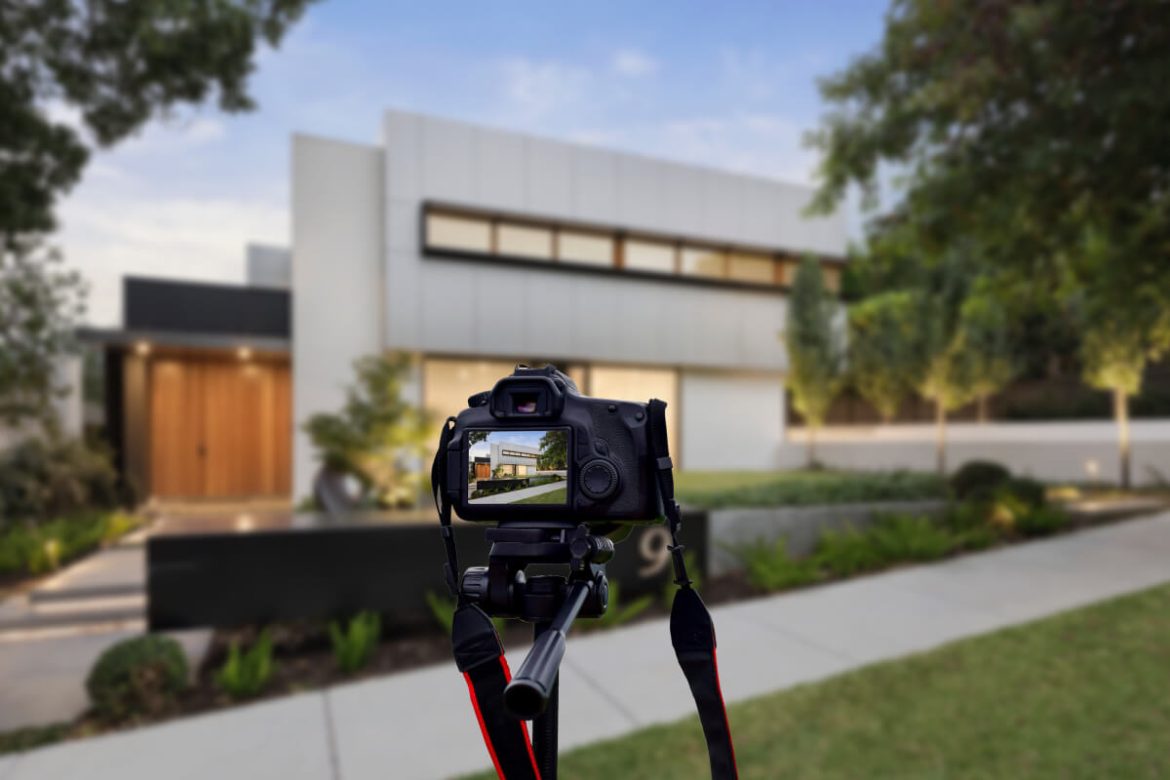“The camera is an instrument that teaches people how to see without a camera.”
Luca Gentry once said: “Photography has nothing to do with cameras.” Living among images daily and the constant talk about their tiny details makes you wonder about this quote. Today there is a camera in almost everyone’s pocket, and photos have taken over the media. Currently, a significant portion of the online market is shaped around pictures. In real estate online listings, images are an integral part. A proper real estate camera should be open for debate in such an era.
You can say that the difference between models and brands is becoming so minor that it really doesn’t matter what camera you choose for real estate photography. You’d be right to say so, but every photographer begins with a camera, and we are here to assist anyone who wants to start a career as a real estate photographer.
We acknowledge the importance of the person “who stands 12 inches behind the camera,” but let’s not forget the instrument; you need something to stand behind. You can’t be a photographer without a camera. Of course, after years of experience, you can bend any camera to your will and get your desired result. But before getting there, why not have a buddy by your side? A proper camera that fits your career and its requirements.
With that in mind, first, we will go through the basic expectations of a real estate camera. Based on that, we’ll share the top five cameras for real estate photos and videos.
Table of Contents
What Do We Expect from A Real Estate Camera?
There are common expectations from listing images. To fulfill them, some camera features are vital, and some settings can ease the process of shooting and post-production efforts.
Here we will focus on these features and see what camera characteristics are needed for each.
| Expected Qualities | Required Camera feature |
| The proper outcome in a low-light situation | Sensor: above 20 Megapixels ISO Sensitivity: around 100-25,00 |
| Suitable for HDR shooting | Auto Exposure Bracketing (AEB) Continuous Shooting |
| High-quality indoor and outdoor photos | Interchangeable lenses Full-frame Sensor |
| Decent video quality | Offering 4k recording Having image stabilization |
The proper outcome in low-light situations
Real estate photography entails shooting in a diverse range of lights. When it comes to interior parts of the property, you may have to shoot with limited to zero natural light. To overcome this barrier, you need two things: good camera features and flashes. Remember that for real estate photography, you definitely need flashes, which built-in flashes won’t do. So, it’s okay if your camera doesn’t have a built-in flash.
As for camera features, three elements shape the quality of light in your images: Sensor and ISO range. Let’s see how they should be in your real estate camera.
Sensor
You’ll need a camera with above 20 MP sensor resolution for proper listing images. This way, you’ll know your camera will perform well even in low-light circumstances without leaving noise.
ISO Sensitivity
Normally, you shoot the property within 100-400, but a wide ISO range, together with high resolution, allows gathering more light in dark spaces and getting a solid Dynamic Range. ISO in real estate cameras can be between 100 and 25000 (it can be higher if other features allow high quality).
Suitable for HDR shooting
You get different levels of exposure for interior shots resulting in very lit and shadow corners altogether. HDR photography is a convenient choice for capturing all the details in such situations. You get the same picture with different exposures and merge them to capture every part evenly. There are some camera settings for more convenient HDR photography:
Auto Exposure Bracketing (AEB): This setting will give you at least 3 shots with different exposures. The maximum exposure value (EV) should be more than 1 EV for using this feature for HDR.
Continuous Shooting: this feature allows you to press the shutter button once and get multiple shots while you hold the button or until the AEB orders the stop. Depending on the file format RAW or JPEG, the frame per second (fps) differs.
High-quality indoor and outdoor photos
Real estate photography deals with different settings, and you must ensure the outcome is equally top-notch. Here is what you need for high-quality photos:
Interchangeable lenses: perfect image listings require a set of proper lenses, including wide-angle, zoom, and tilt-shift. Therefore, your real estate camera must be compatible with various lenses.
Full-frame Sensor: for capturing the property as a whole, the more you get, the better. Compared to crop-sensor, Full-frame sensor cameras get more of the scene and the light, hence better results for your real estate shots.
Decent video quality
Your clients may ask you to shoot short videos from the property to show the flow and ambiance. It is best to have a camera that is up for this task. Cameras offering 4K recording quality work very well for your video needs. It will also be a bonus if they possess an image stabilization feature. This way, you’ll avoid shaky recordings.
Top Cameras for Real Estate Photography
We’ve gone through the deciding features for a suitable real estate camera. You have all the necessary details to make your decision, but here we have gathered the top 12 cameras for real estate photography. There is a level of consensus about these among real estate photographers.
Before getting to the list, let’s deal with the big question every photographer is faced when purchasing a digital camera:
SLR or Mirrorless?
Since late 2000, there has been a debate about this question. We do not want to confuse you in choosing one, and you’ll see that we have included both in our top 5 list. You need to make a personal decision based on your situation.
The viewfinder is where these two types of digital cameras diverge. SLR, or Single Lens Reflex, has a mirror inside where the light hits. Then it finds its way to an optical viewfinder, and you’ll see precisely what is out there.
As the name vividly shows, Mirrorless has no mirror, and the light gets to the sensor directly. Here you have an electronic viewfinder that shows how the view will be captured. In other words, Mirrorless is a “what you see is what you get” camera.
The result of the removed mirror is a more compact and lighter camera that is less noisy and shaky due to fewer mechanical parts, with a faster shooting rate. Due to the electronic viewfinder, battery consumption is more rapid than SLRs, resulting in an average of 200-300 fewer shots.
As for their accessories, SLRs have been among us for a long time and have an established market for accessories. Mirrorless, on the other hand, is a relatively newborn with an ever-expanding market, so the accessories are catching up fast.
You can see how all the above factors can be used for or against each type of digital camera. We believe it depends on personal preferences and your budget for new gear.
Nevertheless, we recommend the best digital cameras, both SLR and Mirrorless, for real estate photography. We have put them in two categories depending on whether you want to start strongly in the field or if you want to embark on real estate photography with a budget-friendly camera.
Best Real Estate Cameras in an Overview
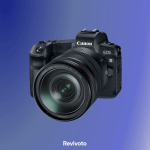
Why buy it?
Combining 45 MP image quality with 8K Raw video recording
Finest image –stabilization system
Best Canon Mirrorless Camera for stills photography
Shortcomings
Long video recording limitations due to overheating
High price
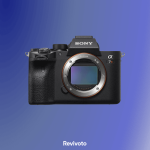
Why buy it?
The highest resolution currently on the market
61MP sensor with high-speed processing\
Pixel shift multiple shooting-16 consecutive exposures
Shortcomings
Requiring computer processing for the Pixel Shift Multi-shooting
High Price
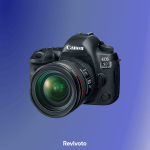
Why buy it?
Capable of handling workload with a solid structure and fast system
Having 30MP resolution, topping its rivals
Best Canon DSLR Camera for real estate photography
Shortcomings
Time limits on continuous recording
Different formats for Dual memory cards
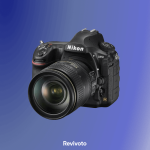
Why buy it?
Best native ISO range 64-25,600
Superb Dynamic Range
Nikon’s most advanced camera today
Shortcomings
Missing in-body image stabilization
Requiring fast memory cards for best function
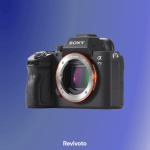
Why buy it?
Having 5-axis image stabilization
Impressive Dynamic Range
Flexible and practical customization
Shortcomings
Different formats for Dual memory cards
Charger not included with the camera body
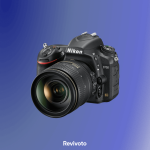
Why buy it?
Having video-friendly features
Pro-level AF system
Most popular Nikon Camera
Shortcomings
Using WiFi only for remote shooting
Limited video recording quality-1080p
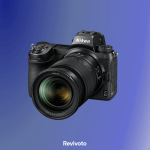
Why buy it?
Continuous shooting up to 14 fps
Having 5-axis VR image stabilization
Best Nikon mirrorless camera
Shortcomings
Lacking sensor shift for ultra-high resolution
Having only a tilt-angle display
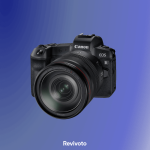
Why buy it?
Impeccable control customization
Offering 30 MP image resolution
4K video capturing
Shortcomings
Lacking in-body image stabilization
Having only one SD card slot

Why buy it?
Effective video stabilization system
Having 26 MP with ideal ISO performance
Having a fully articulated touchscreen
Shortcomings
Lacking 4K video recording
Having only one SD card slot
Best Professional Cameras for Real Estate Photography
Canon EOS R5 Mirrorless
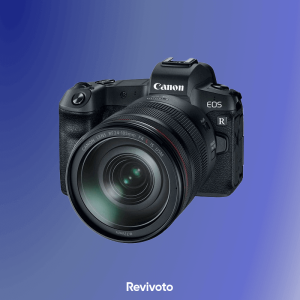
If you are looking for speed and quality for both image and video capturing, and your budget allows it, Canon has combined it all:
- 45 MP Full-Frame CMOS sensor
- DIGIC X Image Processor
- Subject tracking with Deep Learning
- ISO range 100 to 51,200 (Extended: 50 to 102,400)
- 12 fps. Continuous shooting
- 8K30 Raw video recording
- Sensor-Shift 5-Axis Image Stabilization
Sony Alpha A7R IV A Mirrorless
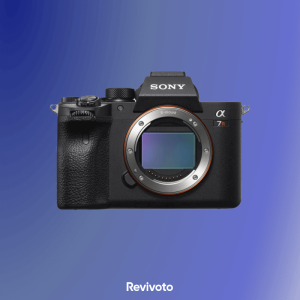
A versatile camera that offers the best outcome for still photography and recording videos with:
- 61 MP Full-Frame Exmor R BSI CMOS sensor
- Wide 15-stop Dynamic Range
- BIONZ X Image Processor Front-End LSI
- ISO range 100 to 32,000 (Extended: 50 to 102,400)
- Continuous shooting up to 10 fps at 61 MP for up to 68 Frames
- UHD 4K30 with HLG & S-Log3 Gammas
- 5-Axis Sensor-Shift Image Stabilization
Nikon D850 DSLR
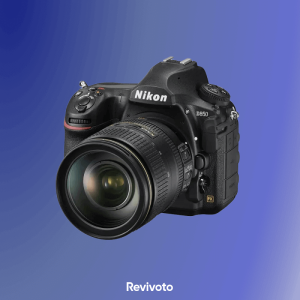
It’s the perfect combination of resolution and speed with the following features:
- 45.7 MP BSI Full-Frame CMOS sensor
- EXPEED 5 image processor
- ISO range 64 to 25,600 (Extended: 32 to 102.400)
- Continuous shooting up to 7 fps at 45.7 MP for up to 51 Frames (RAW)
- 4K UHD 3,840×2,160 / 30 fps
- Battery life of 1,840 shots (CIPA) or approx. 70 minutes of HD footage
Canon EOS 5D Mark IV DSLR
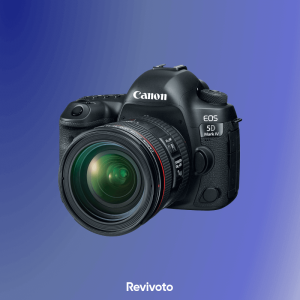
A powerful workhorse perfect for still photography while offering high-quality videos:
- 30,4 MP Full-Frame CMOS sensor
- ISO range 100 to 32,000 (Extended: 50 to 102.400)
- Continuous shooting up to 7 fps at 30 MP for up to 21 Frames (RAW) / Unlimited Frames (JPEG)
- DCI 4K (4096×2160) at up to 30 fps
- Dual Pixel CMOS AF
- 150,000-pixel RGB+IR metering sensor
Sony A7III Mirrorless
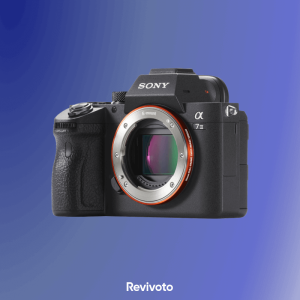
Having power, precision, and flexibility in one compact:
- 24 MP Full-Frame Exmor R BSI CMOS sensor
- BIONZ X Image Processor Front-End LSI
- ISO range 100 to 51,200 (Extended: 50 to 204,800)
- Continuous shooting up to 10 fps at 24 MP for up to 177 Frames
- UHD 4K with HLG & S-Log3 Gammas (4096×2160) at up to 30 fps
- 5-Axis SteadyShot INSIDE Image Stabilization
Nikon D750 DSLR
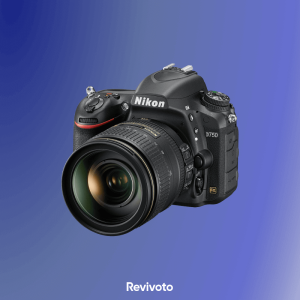
The perfect camera for moving between still photography and video recording featuring:
- 24.3 MP BSI Full-Frame CMOS sensor
- EXPEED 4 image processor
- ISO range 100 to 12,800 (Extended: 50 to 25,600-51,200)
- Continuous shooting up to 6.5 fps
- Full HD 1080p/60 video recording
- Battery life of 1,230 shots (CIPA)
Nikon Z6 II Mirrorless
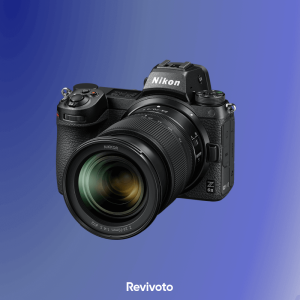
A multimedia powerhouse in a hybrid still and video camera:
- 24.5 MP BSI Full-Frame CMOS sensor
- Dual EXPEED 6 Image Processor
- ISO range 100 to 51,200 (Extended: 50 to 204,800)
- Continuous shooting up to 14 fps at 24.5 MP for up to 124 Frames
- UHD 4K (3840×2160) at up to 30 fps
- 5-Axis VR Image Stabilization
Canon EOS R Mirrorless
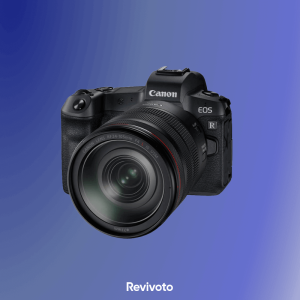
As Canon puts it, EOR R is a multimedia camera “to take your storytelling further” with:
- 30.3 MP Full-Frame CMOS sensor
- DIGIC 8 Image Processor
- Dual Pixel CMOS AF
- ISO range 100 to 40,000 (Extended: 50 to 102,400)
- Continuous shooting up to 8 fps at 30.3 MP for up to 47 Frames (RAW) / 100 Frames (JPEG
- UHD 4K30 (3840×2160) at up to 30 fps
- Compatible with RF Lenses
Canon EOS 6D Mark II DSLR
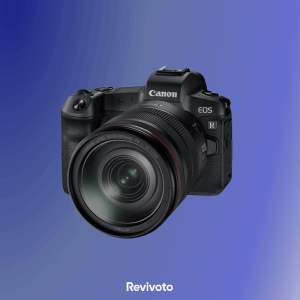
A compact camera for capturing vivid images in different shooting circumstances with:
- 26.2 MP Full-Frame CMOS sensor
- DIGIC 7 Image Processor
- Dual Pixel CMOS AF
- ISO range 100 to 40,000 (Extended: 50 to 102,400)
- Continuous shooting up to 6.5
- Full HD at 60p video recording
- 5-Axis Image Stabilization for videos
Conclusion
Together, we reviewed the standard expectations from a real estate camera and checked the best multimedia cameras that can deliver these expectations. From this point forward, it’s 100 percent up to you to decide which instrument fits you and your needs.
Your camera will act as your third eye, so choosing it is rather personal. Taking the contemporary pressure for top-quality real estate images into account, we cannot only focus on the photographer and ignore the camera.
Perhaps we need a new quote for this age of image; something like “Perfect photography is a professional photographer holding the proper camera.” So, pick a camera that will indeed teach you how to see all over again.
FAQ
Real estate photography deals with different light settings. You’ll need above 20 megapixels to guarantee the best outcome in low-light situations.
You must have a wide-angle lens to capture the interior and exterior adequately. It is possible to go for a zoom lens ranging from 16-35 or 24-70 mm focal lengths to cover all your needs during a real estate shoot.
Depending on your budget, you can start with a high-end camera and go pro from the beginning, or you can start with a budget-friendly camera like Canon EOS 6D Mark II DSLR and upgrade later.


